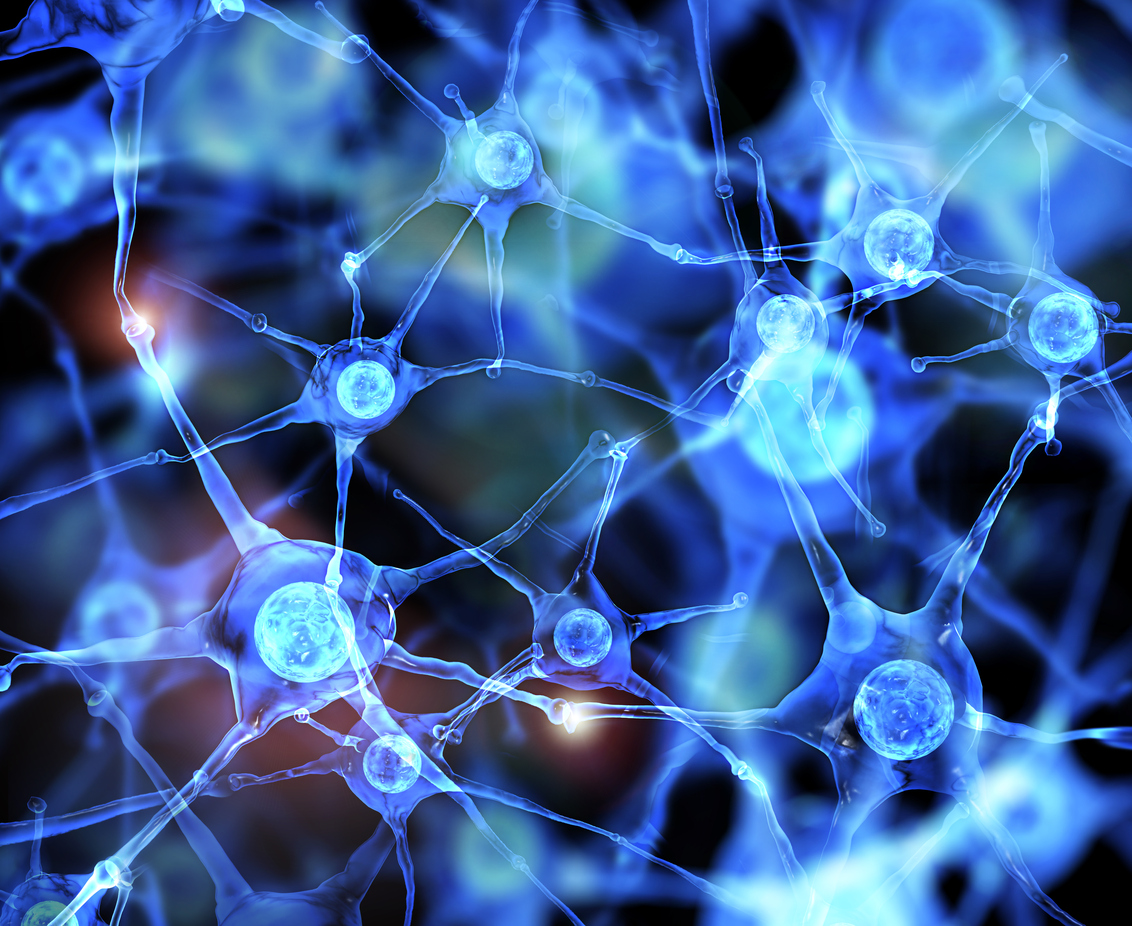Trading requires much thought and attention. But did you know that our brain processes wins and losses differently and responds strongly to certain situations? Powerful reactions take place within certain areas of the brain – so let’s find out more about what happens during an unsuccessful trading session.
Loss Aversion and Chemical Transmitters
In 1979, psychologists Amos Tversky and Daniel Kahneman developed the Prospect Theory to help explain how people react to risks and uncertainties. This behavioral economic theory was based on the principles of loss aversion, which states that human beings are generally risk-averse. Losses have a more significant psychological impact on us than gains. This is because reward centers in the brain get silenced when losses are expected and are activated when gains are on the horizon.
Neurotransmitters are the chemical messengers of the brain. One neurotransmitter, nor-epinephrine, is critical in shaping our responses. People with low nor-epinephrine levels tend to be less sensitive to the pain of losing money. Similarly, those who have higher levels of these transmitters, show greater loss aversion. They are more sensitive to losses.
Interestingly, people who react strongly to gains in the ventromedial prefrontal cortex of the brain, pay more attention to monetary amounts. Those who have shown sensitivity to losses in the ventral striatum region, on the other hand, pay more attention to probabilities or risk processing.
Another theory suggests that losses may trigger more significant activity in the brain regions associated with registering emotions and decision makings, such as the insula and amygdala. These regions are also associated with pain processing. So, there is a biological justification for human beings being loss averse in general. After all, no one wants to lose money, or experience pain, for that matter.
The Brain – A Trader’s Friend or Foe?
The brain can be divided into two parts – the reflective system and the reflexive system. The reflexive part is associated with emotional responses, while the reflective part is analytical and logical. For traders, it is a constant struggle to strike a balance between these two systems. Being too analytical is also not helpful, given how quickly market conditions change.
It is also important to consider that our brain is a muscle. The more we use a particular brain pathway, by learning a trading strategy or using a specific indicator, the stronger it becomes. Strong neural pathways are great for constructive activities but can be a hindrance if you repeat a mistake again and again. So, if you continue to pick the top of an uptrend or get stuck in “overtrading” activities, your brain will not let you escape unless you make a conscious effort to do so and this can be challenging. As all seasoned traders know, adapting your strategy with the view of limiting your losses is an essential part of the trading process and should not be ignored.
By remaining aware of our responses to certain situations, we can not only identify patterns but can also work consciously on changing unhelpful responses.



 Bitcoin
Bitcoin  Ethereum
Ethereum  Tether
Tether  XRP
XRP  Solana
Solana  USDC
USDC  TRON
TRON  Cardano
Cardano  Lido Staked Ether
Lido Staked Ether  Avalanche
Avalanche  Toncoin
Toncoin